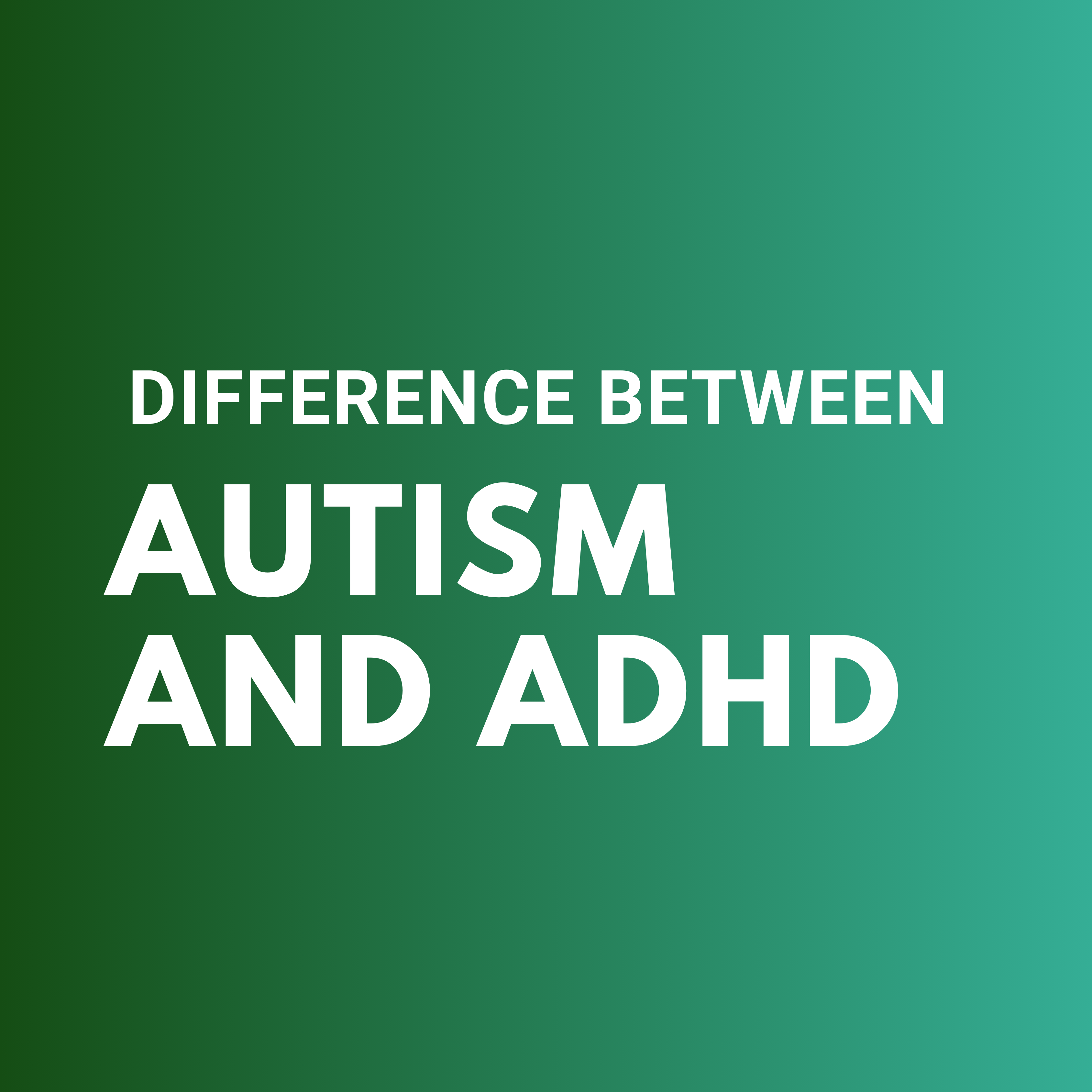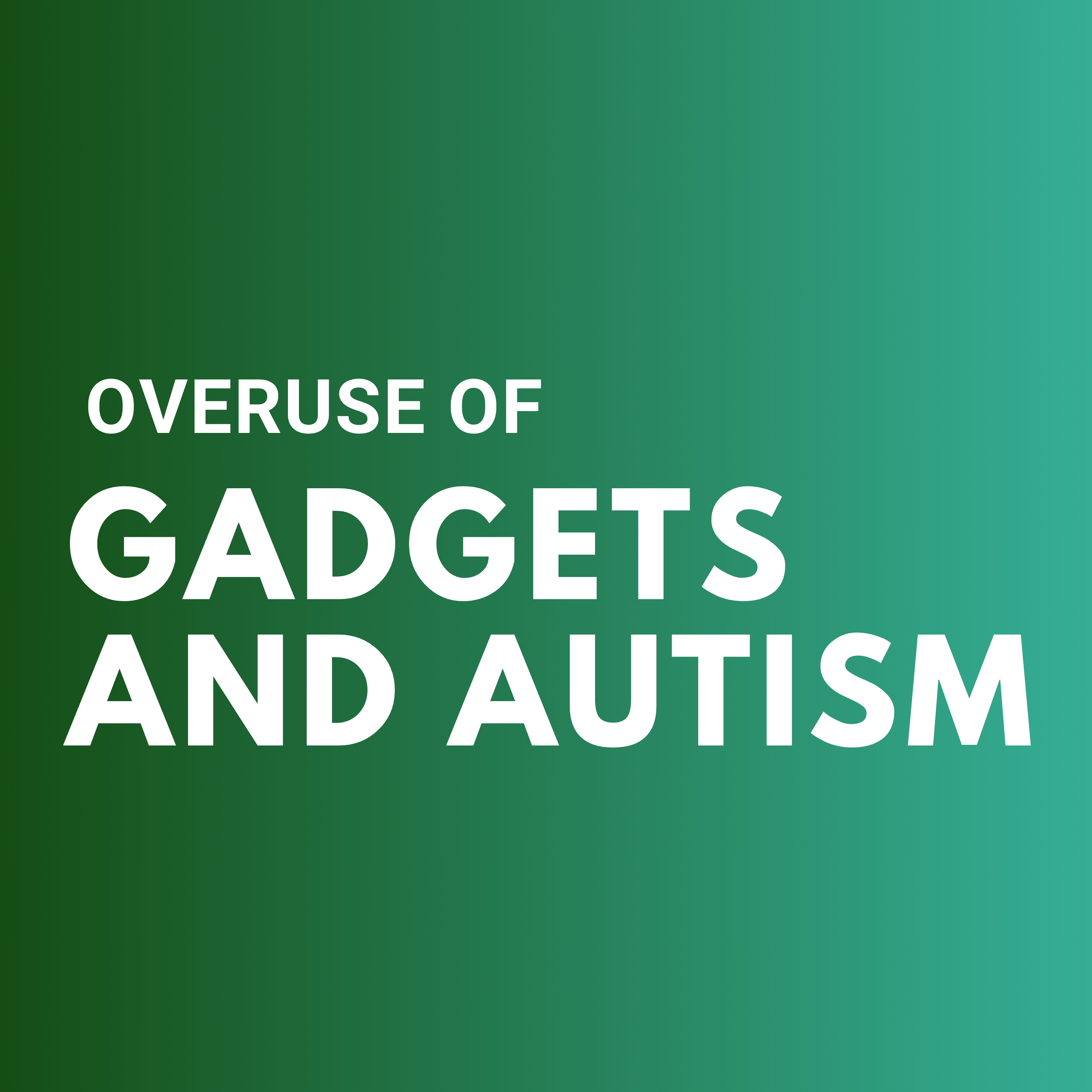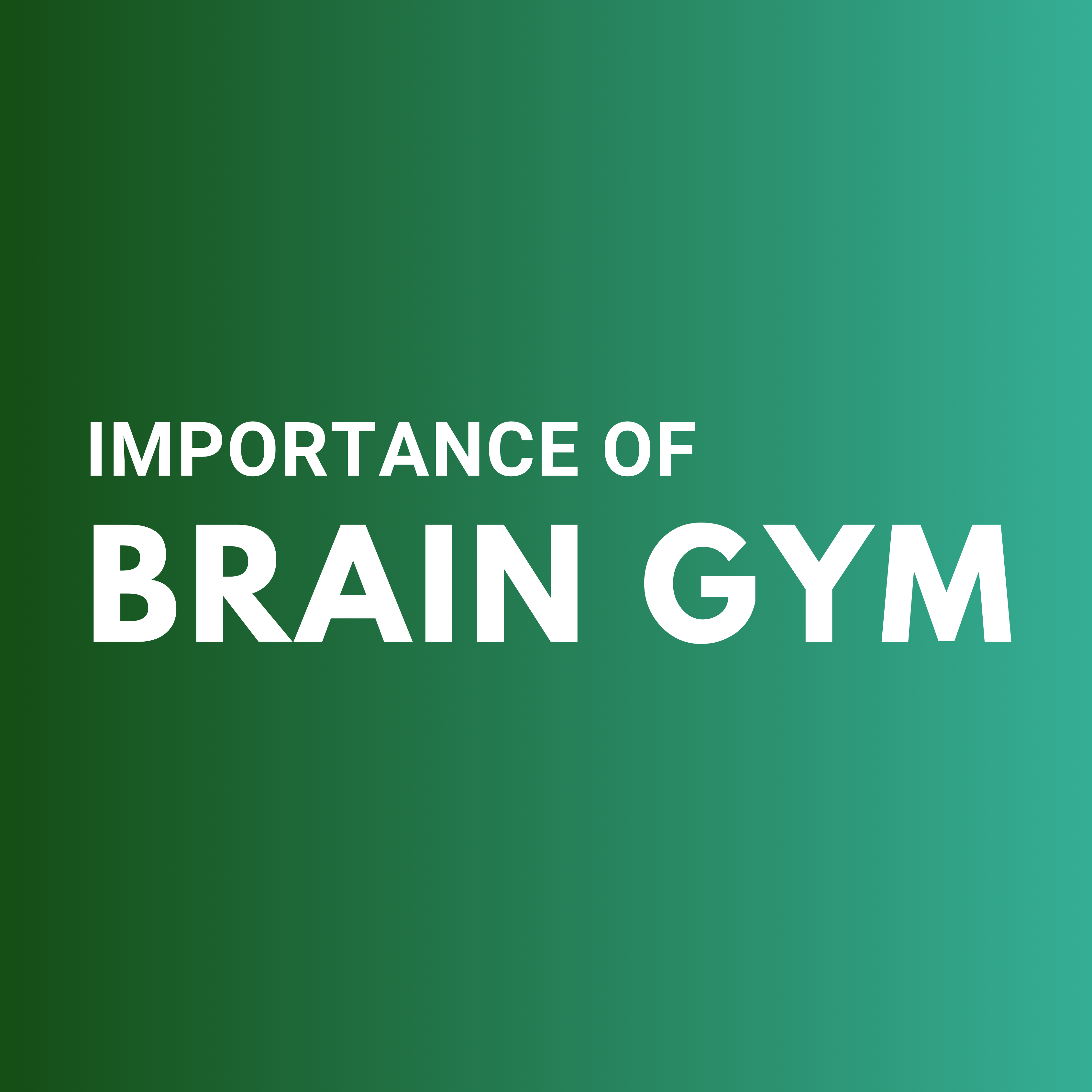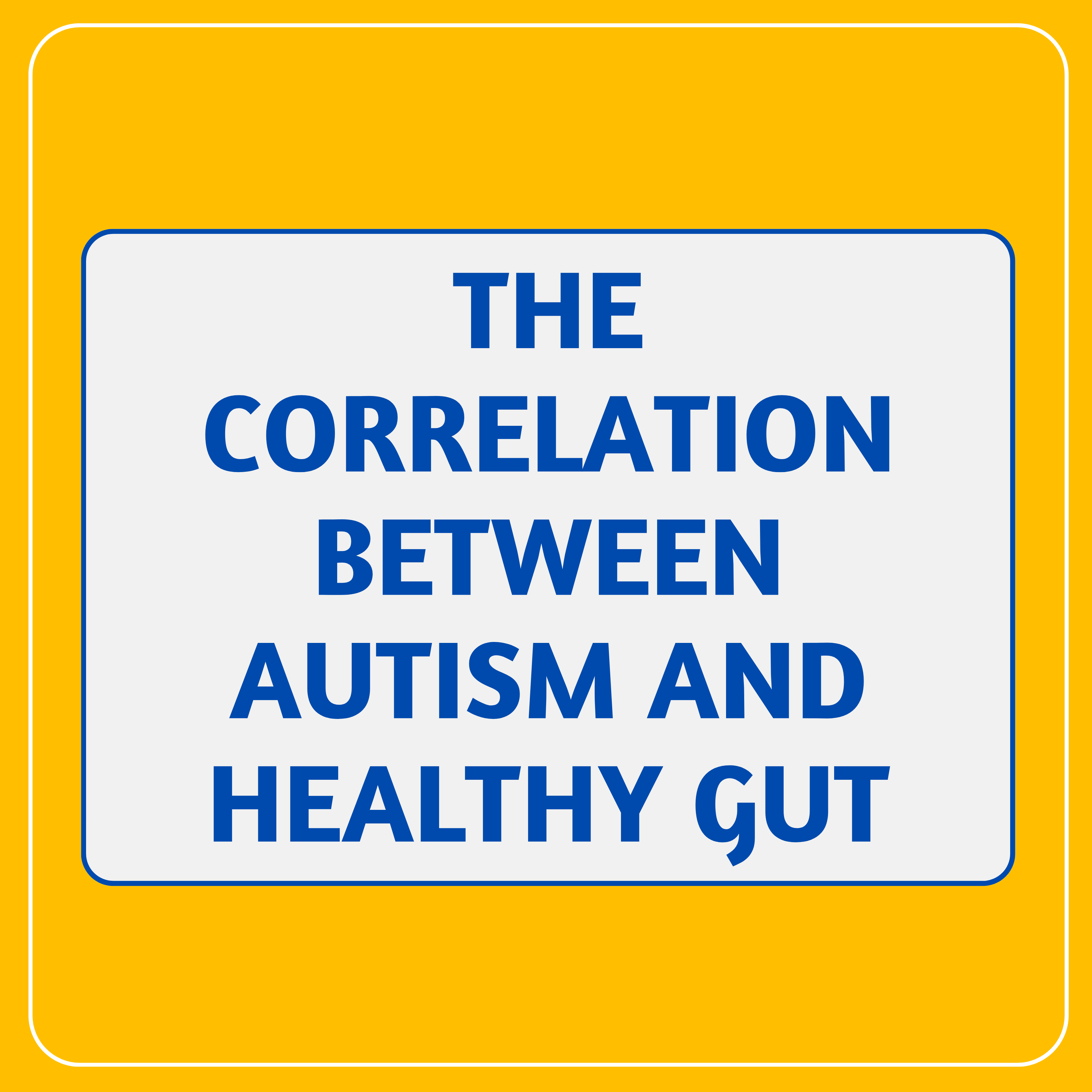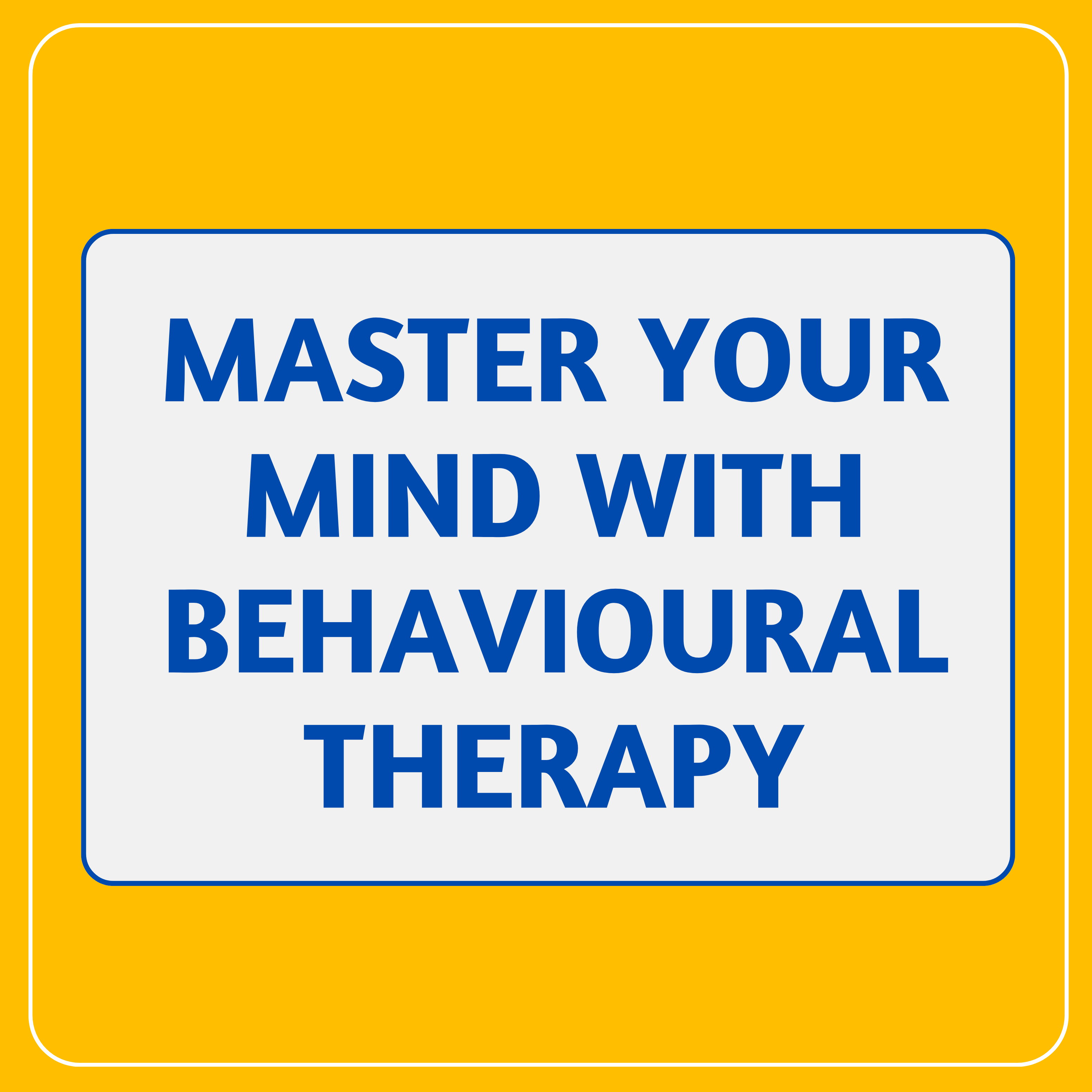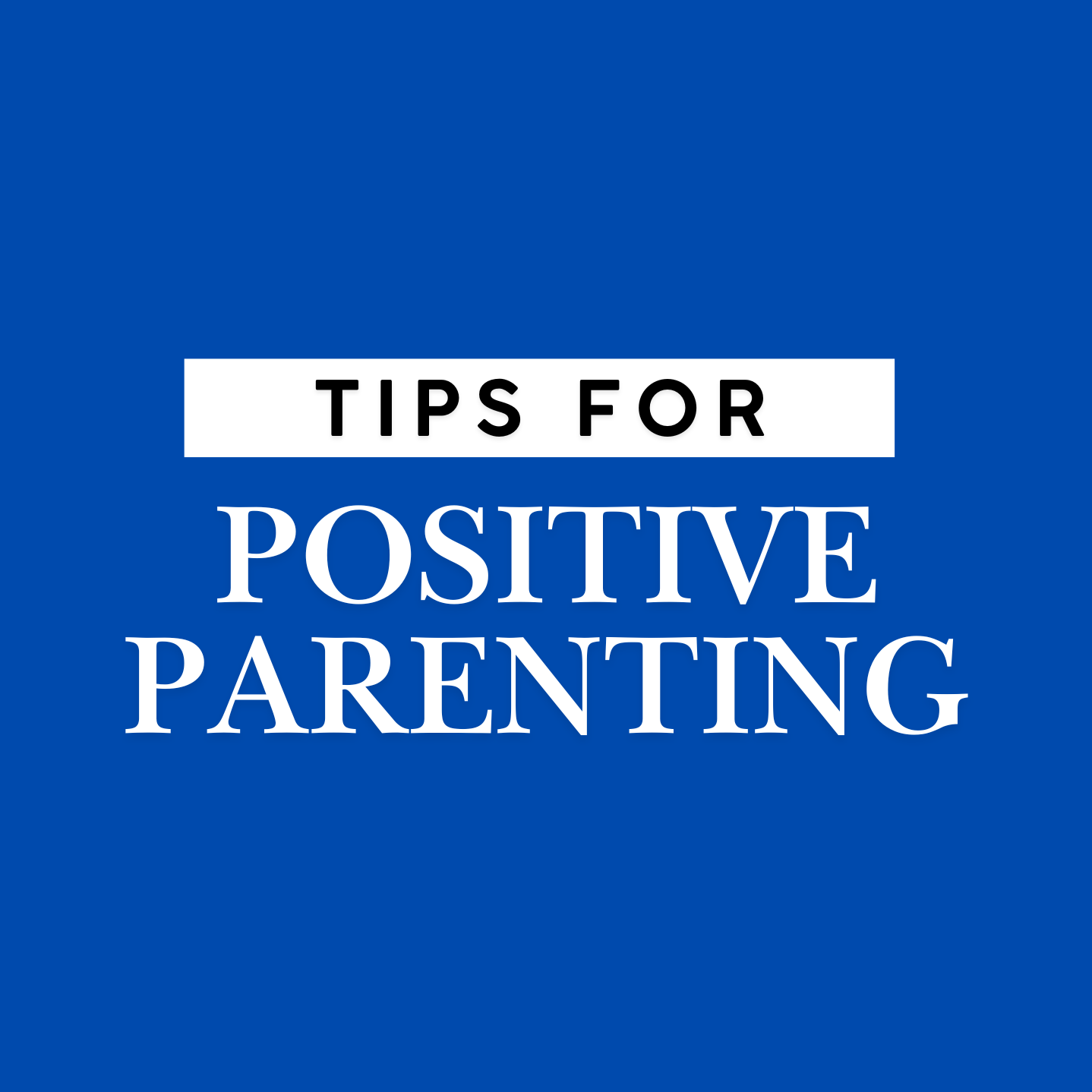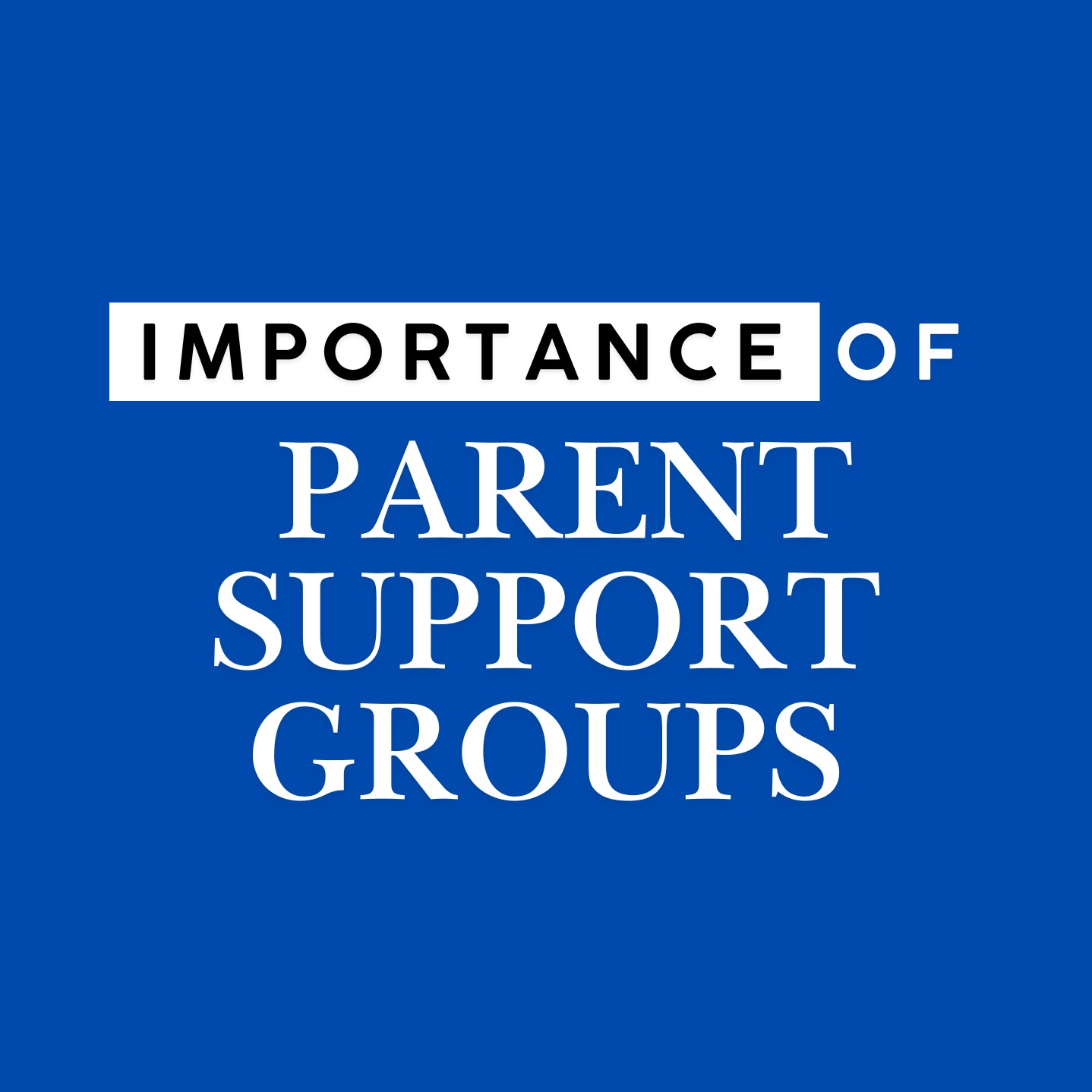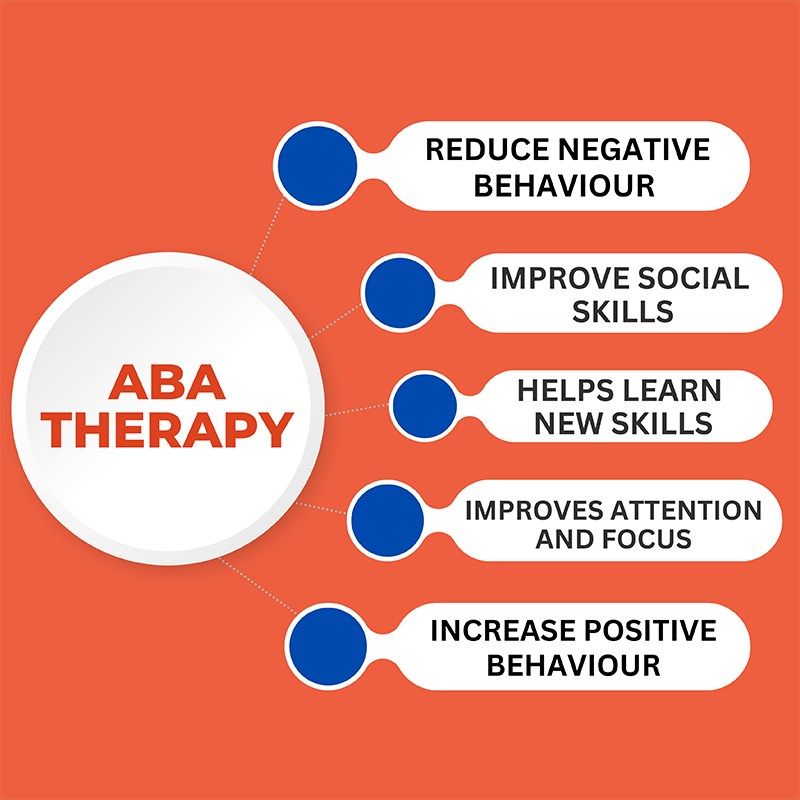Difference between Autism and ADHD
Autism Spectrum Disorder (ASD) and Attention-Deficit/Hyperactivity Disorder (ADHD) are two distinct neurodevelopmental conditions that affect behavior, communication, and attention. While they share some overlapping symptoms, understanding the differences is crucial for accurate diagnosis and effective treatment. This blog outlines the key differences, similarities, diagnosis methods, and treatments for both conditions. What Is Autism? Autism Spectrum Disorder (ASD) is a developmental disability that affects a person’s ability to communicate, socialize, and engage in repetitive behaviours. It often appears in early childhood and varies in severity. Key Characteristics of Autism: ● Difficulty understanding and engaging in social interactions. ● Repetitive behaviors and restricted interests. ● Preference for routine and consistency. ● Challenges with emotional expression and sensory sensitivities. What Is ADHD? Attention-Deficit/Hyperactivity Disorder (ADHD) is a neurological disorder characterized by inattention, hyperactivity, and impulsivity. Symptoms usually begin in childhood and can persist into adulthood. Key Characteristics of ADHD: ● Trouble maintaining focus and being easily distracted. ● Excessive movement or restlessness (hyperactivity). ● Acting without thinking (impulsivity). ● Difficulty following instructions or completing tasks. Key Differences between Autism and ADHD Feature Autism Spectrum Disorder (ASD) Attention-Deficit/Hyperactivity Disorder (ADHD) Primary Focus Social communication and repetitive behaviors Attention, hyperactivity, and impulsivity Social Skills Difficulty with social understanding and cues Impulsive in social situations, may interrupt conversations Repetitive Behaviors Common, often intense and specific Less common, may fidget or display restless behavior Attention Focused on interests, struggles to shift focus Short attention span, easily distracted Hyperactivity Less common, may include repetitive movements Common, restlessness, and excessive physical activity Impulsivity Challenges understanding social norms May interrupt others and act without thinking Onset of Symptoms Appears within the first 2 years of life Must appear before the age of 12 Emotional Expression Struggles to articulate feelings May have trouble regulating emotions due to hyperactivity Routine and Structure Prefers routine and resists change Easily bored with repetitive activities How to Identify Autism vs. ADHD in Children Observing your child’s behaviour closely can help distinguish between Autism and ADHD. Here are some critical differences to watch for: ○ Children with Autism may focus intensely on a favorite subject but struggle to shift attention to new tasks. ○ Children with ADHD have a short attention span and find it challenging to maintain focus on any activity. ○ Autism: Struggles with eye contact, may not use gestures, and often has difficulty expressing feelings. ○ ADHD: Talks continuously, interrupts others, and may not recognize how their words impact others. ○ Autism: Prefers routines and may get upset by changes. ○ ADHD: Easily bored by repetitive tasks and prefers variety. How Are Autism and ADHD Diagnosed? ○ Parent questionnaires about early behaviours. ○ Observational assessments by specialists. ○ Developmental screenings and comprehensive evaluations. ○ Behavioural checklists from parents and teachers. ○ Observations of inattention, hyperactivity, and impulsivity. ○ Rule out other conditions through comprehensive assessments. Treatment Approaches for Autism and ADHD Treatment Autism Spectrum Disorder (ASD) Attention-Deficit/Hyperactivity Disorder (ADHD) Behavioral Therapy Helps improve social skills and reduce repetitive behaviors. Teaches coping strategies for managing attention and impulses. Medication May be used for related issues like anxiety. Often used to manage inattention and hyperactivity. Speech Therapy Supports communication and language development. Not typically required unless there are specific challenges. Occupational Therapy Assists with sensory integration and motor skills. Helps with focus, organization, and fine motor tasks. Routine Management Consistency is crucial for reducing anxiety. Variety and active breaks help manage hyperactivity. Can a Child Have Both Autism and ADHD? Yes, it is possible for a child to have both Autism and ADHD. In fact, research suggests that children with autism are more likely to exhibit ADHD symptoms than the other way around. Overlapping Symptoms: ● Difficulty with emotional regulation. ● Challenges with social communication. ● Restlessness and sensory sensitivities. Early diagnosis and intervention can help tailor personalized treatment plans to manage both conditions effectively. Why Accurate Diagnosis Matters An accurate diagnosis is essential for: ● Developing effective treatment plans to support the child’s unique needs. ● Accessing appropriate therapies such as behavioral, speech, and occupational therapies. ● Providing family support and educational resources. How Belief Shaping Therapy Centre Supports Individuals with Autism and ADHD At the Belief Shaping Therapy Centre, we understand the unique challenges faced by individuals with Autism Spectrum Disorder (ASD) and Attention-Deficit/Hyperactivity Disorder (ADHD). Our team of the Best therapists in Dubai provides personalized care to address the specific needs of each individual. We offer a comprehensive range of therapies, including ABA therapy, Speech therapy, sensory integration, and Occupational therapy, to help clients improve social skills, communication, and focus. As the Best therapy Centre in Dubai, our goal is to provide a supportive environment where individuals with ADHD and Autism can thrive. Our expert therapists work closely with families to create tailored intervention plans, ensuring consistent progress and better quality of life. Whether you’re in Dubai or other locations around Dubai, our specialized programs are designed to empower individuals and help them lead fulfilling lives. Conclusion While Autism and ADHD share some behavioural similarities, they are fundamentally different conditions. Understanding these differences helps in early diagnosis and appropriate treatment, ensuring children receive the support they need to thrive. If you are concerned about your child’s development, seek professional evaluation and guidance from a qualified therapist or specialist.


